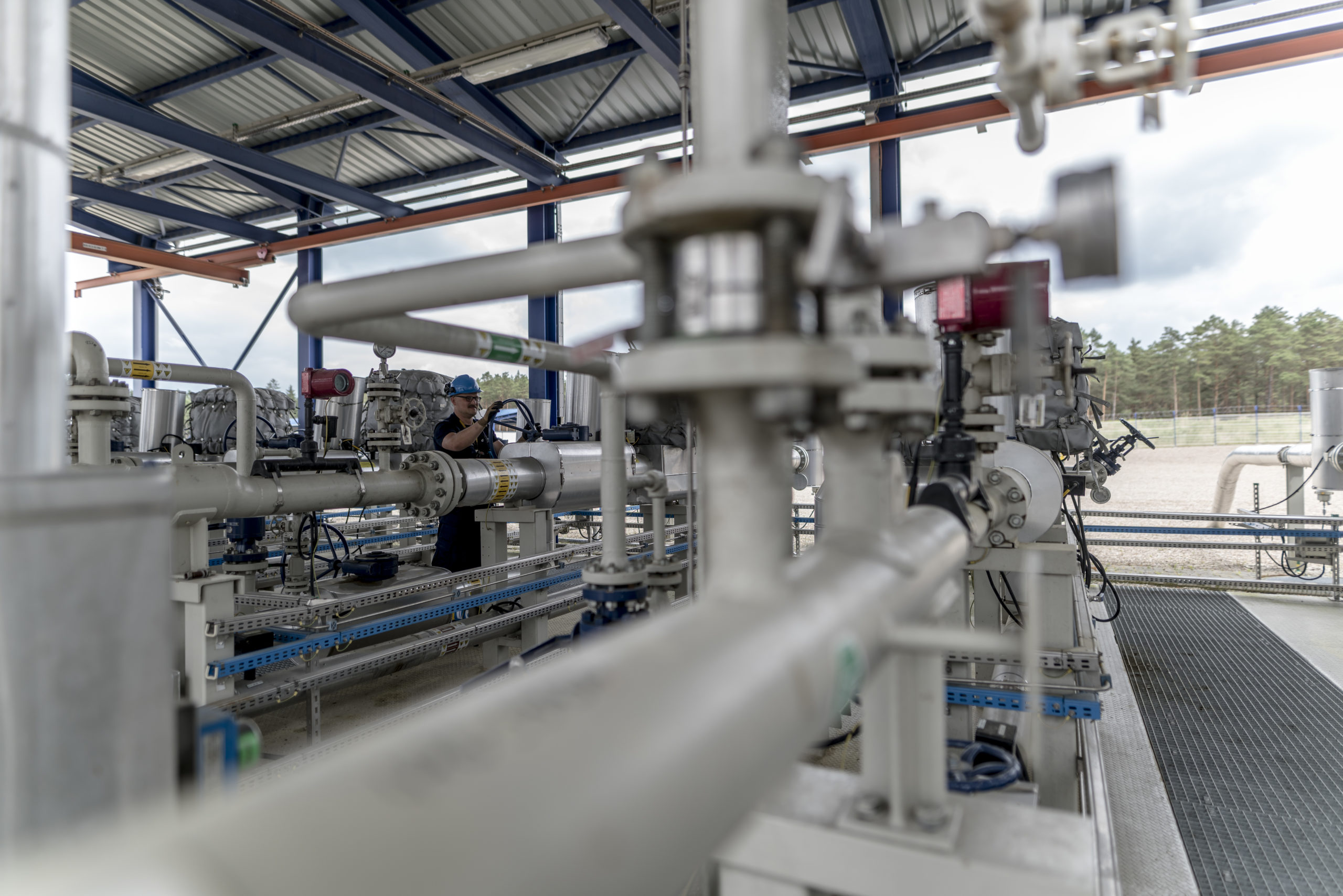
Occupational health and safety
GRI Indexes
-
GRI 403-7
Work safety metrics
Safety-related activities are monitored continuously by way of:
- proactive monitoring, which consists in monitoring the effective implementation of procedures and measures designed to eliminate or minimise risks, defined at the planning phase. Its purpose is to assess the effectiveness of preventive measures;
- reactive monitoring, which provides information on loss events (accidents, failures and occupational diseases) and facilitates drawing appropriate conclusions and improving OHS management. It is a post-event preventive measure, designed to eliminate similar loss events in the future.
All accidents, events and conditions which are related to the Group’s operations and which result in a loss or could potentially result in a loss are required to be reported. This applies to the operations of both the PGNiG branches and the PGNIG Group companies, as well as contractors and suppliers carrying out work for the PGNiG Group.
-
GRI 403-8
Employees covered by an occupational health and safety management system
Most of the PGNiG Group companies operate an OHS management system, with the exception of PGNIG OD, where no such system has been introduced.
| Organisational unit | Percentage of formal employees, as well as employees who are not employees, but whose work or workplace is controlled by the organisation, covered by an occupational health and safety system | Percentage of formal employees, as well as employees who are not employees, but whose work or workplace is controlled by the organisation, covered by an occupational health and safety system that has been internally audited | Percentage of employees, as well as employees who are not employees, but whose work or workplace is controlled by the organisation, covered by an occupational health and safety system that has been internally audited or certified by an external party |
| PGNiG | 100% | 96% | 72% |
| PGNiG Group | 100% | 89% | 81% |
-
GRI 403-9
-
SHS-3/C1
Number of occupational accidents at the PGNiG Group
At the PGNIG Group, the number of occupational accidents rose by almost 6% year on year.
The PGNiG Group’s ESG Policy assumes no fatalities at work and a steady decrease in the number of all occupational accidents. The increase in the number of occupational accidents in 2021 was attributable to a decline in remote work in 2021 compared with 2020. The decline was a consequence of temporary easing of labour safety restrictions during the COVID-19 pandemic. In the reporting period there were no major or fatal accidents, nor any accidents resulting in permanent injury.
Number of occupational accidents in 2020-2021
| Organisational unit | Total accidents | Of which fatalities | Of which severe accidents | Total accidents | Of which fatalities | Of which severe accidents | Total accidents | Of which fatalities | Of which severe accidents |
| 2021 | 2020 | 2019 | |||||||
| PGNiG | 19 | – | – | 15 | – | – | 20 | – | – |
| PGNiG Group | 161 | – | – | 152 | – | – | 162 | 2 | – |
Rate of occupational accidents in 2021
The rate of occupational accidents in 2021 (the ratio of the number of accidents and the number of hours worked multiplied by 200,000 hours) was 0.57 for PGNiG and 0.89 for the entire PGNiG Group.

